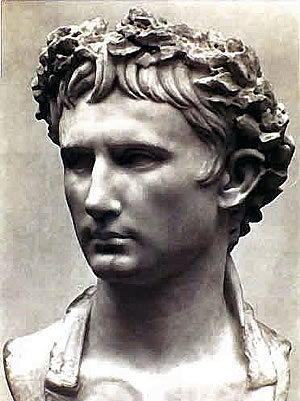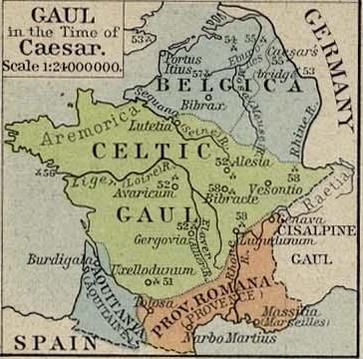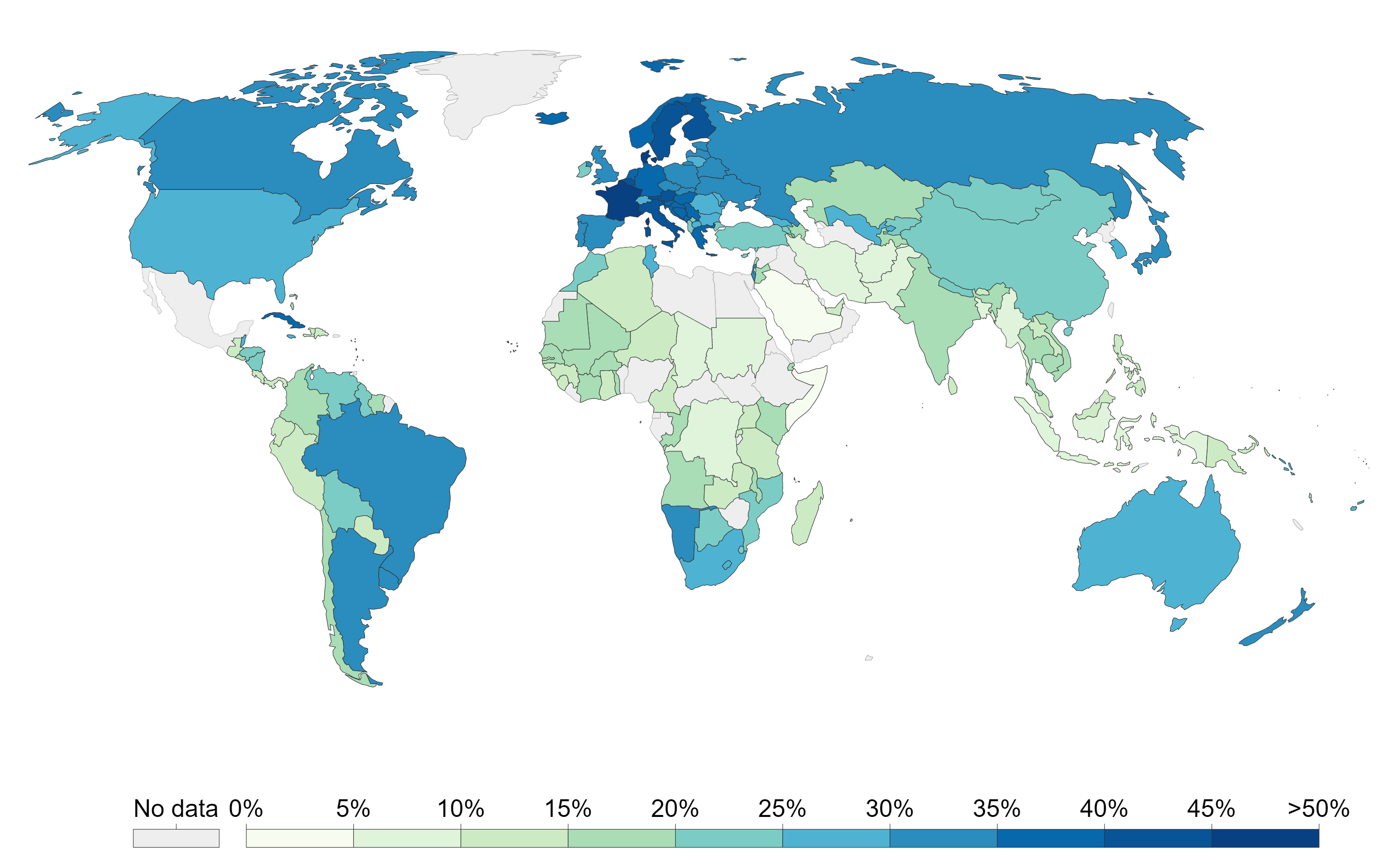|
Quadragesima Galliarum
''Quadragesima Galliarum'' (lit. "Gallic one-fortieth"), also written ''XXXX Galliarum'' or ''XL Galliarum'', was a 2.5% tax charged on trade in the Roman Gaul, Gallic provinces of the Roman Empire. It was a customs-duty tax on all incoming and outgoing goods in land and sea frontiers in addition to other inland ports. The stopping points on the borders, called ''Fines'' or ''Ad Fines'', were the partitions at which this tax was extracted. Collection of the tax was left to the equites, equestrian Procurator (Ancient Rome), procurators whose job it was to assess the tax, collect it, and make money available to the armies at the Rhine. Collecting was of greater concern to the procurators of Gallia Lugdunensis, Lugdunensis than to the other Gallic provinces as Lugdunum (now Lyon, France) was the main trading hub of the region. The bureaucracy surrounding the ''Quadragesima Galliarum'' grew in size and complexity over the centuries. Although it had outposts scattered across the count ... [...More Info...] [...Related Items...] OR: [Wikipedia] [Google] [Baidu] |
Roman Gaul
Roman Gaul refers to GaulThe territory of Gaul roughly corresponds to modern-day France, Belgium and Luxembourg, and adjacient parts of the Netherlands, Switzerland and Germany. under provincial rule in the Roman Empire from the 1st century BC to the 5th century AD. History During the Republic The Roman Republic's influence began in southern Gaul. By the mid-2nd century BC, Rome was trading heavily with the Greek colony of Massalia, Massilia (modern Marseille) and entered into an alliance with them, by which it agreed to protect the town from local Gauls, including the nearby Aquitani and from sea-borne Carthaginians and other rivals, in exchange for land that it wanted in order to build a road to Hispania, to assist in troop movements to its provinces there. The Mediterranean settlements on the coast continued to be threatened by the powerful Gallic tribes to the north and in 122 BC the Roman general Gnaeus Domitius Ahenobarbus (consul 122 BC), Gnaeus Domitius Ahenoba ... [...More Info...] [...Related Items...] OR: [Wikipedia] [Google] [Baidu] |
Equites
The ''equites'' (; literally "horse-" or "cavalrymen", though sometimes referred to as "knights" in English) constituted the second of the property-based classes of ancient Rome, ranking below the senatorial class. A member of the equestrian order was known as an ''eques'' (). Description During the Roman kingdom and the first century of the Roman Republic, legionary cavalry was recruited exclusively from the ranks of the patricians, who were expected to provide six ''centuriae'' of cavalry (300 horses for each consular legion). Around 400BC, 12 more ''centuriae'' of cavalry were established and these included non-patricians (plebeians). Around 300 BC the Samnite Wars obliged Rome to double the normal annual military levy from two to four legions, doubling the cavalry levy from 600 to 1,200 horses. Legionary cavalry started to recruit wealthier citizens from outside the 18 ''centuriae''. These new recruits came from the first class of commoners in the Centuriate Assembly orga ... [...More Info...] [...Related Items...] OR: [Wikipedia] [Google] [Baidu] |
Procurator (Ancient Rome)
Procurator (plural: ''Procuratores'') was a title of certain officials (not magistrates) in ancient Rome who were in charge of the financial affairs of a province, or imperial governor of a minor province. Fiscal officers A fiscal procurator (''procurator Augusti'') was the chief financial officer of a province during the Principate (30 BC – AD 284). A fiscal procurator worked alongside the ''legatus Augusti pro praetore'' (imperial governor) of his province but was not subordinate to him, reporting directly to the emperor. The governor headed the civil and judicial administration of the province and was the commander-in-chief of all military units deployed there. The procurator, with his own staff and agents, was in charge of the province's financial affairs, including the following primary responsibilities: *the collection of taxes, especially the land tax (''tributum soli''), poll tax (''tributum capitis''), and the ''portorium'', an imperial duty on the carriage of goods o ... [...More Info...] [...Related Items...] OR: [Wikipedia] [Google] [Baidu] |
Gallia Lugdunensis
Gallia Lugdunensis ( French: ''Gaule Lyonnaise'') was a province of the Roman Empire in what is now the modern country of France, part of the Celtic territory of Gaul formerly known as Celtica. It is named after its capital Lugdunum (today's Lyon), possibly Roman Europe's major city west of Italy, and a major imperial mint. Outside Lugdunum was the Sanctuary of the Three Gauls, where representatives met to celebrate the cult of Rome and Augustus. History In ''De Bello Gallico'' describing his conquest of Gaul (58–50 BC), Julius Caesar distinguished between ''provincia nostra'' in the south of Gaul, which already was a Roman province in his time, and the three other parts of Gaul: the territories of the ''Aquitani'', of the ''Belgae'', and of the ''Galli'' also known as the ''Celtae''. The territory of the Galli extended from the rivers Seine and Marne in the north-east, which formed the boundary with Gallia Belgica, to the river Garonne in the south-west, which formed the border ... [...More Info...] [...Related Items...] OR: [Wikipedia] [Google] [Baidu] |
Lugdunum
Lugdunum (also spelled Lugudunum, ; modern Lyon, France) was an important Roman city in Gaul, established on the current site of Lyon. The Roman city was founded in 43 BC by Lucius Munatius Plancus, but continued an existing Gallic settlement with a likely population of several thousands. It served as the capital of the Roman province of Gallia Lugdunensis and was an important city in the western half of the Roman Empire for centuries. Two emperors, Claudius and Caracalla, were born in Lugdunum. In the period 69–192 AD, the city's population may have numbered 50,000 to 100,000, and possibly up to 200,000 inhabitants. The original Roman city was situated west of the confluence of the Rhône and Saône, on the Fourvière heights. By the late centuries of the empire much of the population was located in the Saône River valley at the foot of Fourvière. Name The Roman city was founded as ''Colonia Copia Felix Munatia'', a name invoking prosperity and the blessing of t ... [...More Info...] [...Related Items...] OR: [Wikipedia] [Google] [Baidu] |
Lyon
Lyon,, ; Occitan: ''Lion'', hist. ''Lionés'' also spelled in English as Lyons, is the third-largest city and second-largest metropolitan area of France. It is located at the confluence of the rivers Rhône and Saône, to the northwest of the French Alps, southeast of Paris, north of Marseille, southwest of Geneva, northeast of Saint-Étienne. The City of Lyon proper had a population of 522,969 in 2019 within its small municipal territory of , but together with its suburbs and exurbs the Lyon metropolitan area had a population of 2,280,845 that same year, the second most populated in France. Lyon and 58 suburban municipalities have formed since 2015 the Metropolis of Lyon, a directly elected metropolitan authority now in charge of most urban issues, with a population of 1,411,571 in 2019. Lyon is the prefecture of the Auvergne-Rhône-Alpes region and seat of the Departmental Council of Rhône (whose jurisdiction, however, no longer extends over the Metropolis of Lyo ... [...More Info...] [...Related Items...] OR: [Wikipedia] [Google] [Baidu] |
Vilicus
{{Unreferenced, date=June 2019, bot=noref (GreenC bot) Vilicus ( el, ἐπίτροπος) was a servant who had the superintendence of the villa rustica, and of all the business of the farm, except the cattle, which were under the care of the magister pecoris. The duties of the vilicus were to follow the estate owner's instructions, and to govern the slaves with moderation, never to leave the villa except to go to market, to have no intercourse with soothsayers, to take care of the cattle and the implements of husbandry, and to manage all the operations of the farm villa. His duties and those of his wife (the vilica) are described by Columella Lucius Junius Moderatus Columella (; Arabic: , 4 – ) was a prominent writer on agriculture in the Roman Empire. His ' in twelve volumes has been completely preserved and forms an important source on Roman agriculture, together with the wo ... (''Res rustica'', I.8, XI.1, and XII.1), and by Cato (''De Agri Cultura'', cxlii–cxliii, ... [...More Info...] [...Related Items...] OR: [Wikipedia] [Google] [Baidu] |
History Of Taxation
A tax is a compulsory financial charge or some other type of levy imposed on a taxpayer (an individual or legal entity) by a governmental organization in order to fund government spending and various public expenditures (regional, local, or national), and tax compliance refers to policy actions and individual behaviour aimed at ensuring that taxpayers are paying the right amount of tax at the right time and securing the correct tax allowances and tax reliefs. The first known taxation took place in Ancient Egypt around 3000–2800 BC. A failure to pay in a timely manner ( non-compliance), along with evasion of or resistance to taxation, is punishable by law. Taxes consist of direct or indirect taxes and may be paid in money or as its labor equivalent. Most countries have a tax system in place, in order to pay for public, common societal, or agreed national needs and for the functions of government. Some levy a flat percentage rate of taxation on personal annual income, but mos ... [...More Info...] [...Related Items...] OR: [Wikipedia] [Google] [Baidu] |




.jpg)
